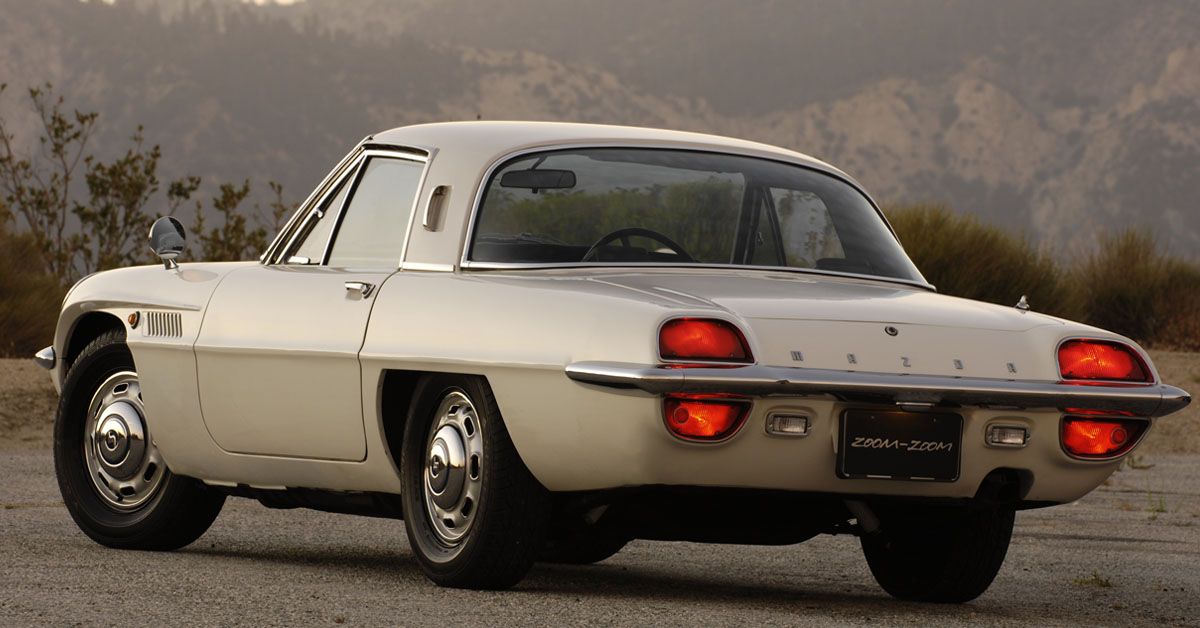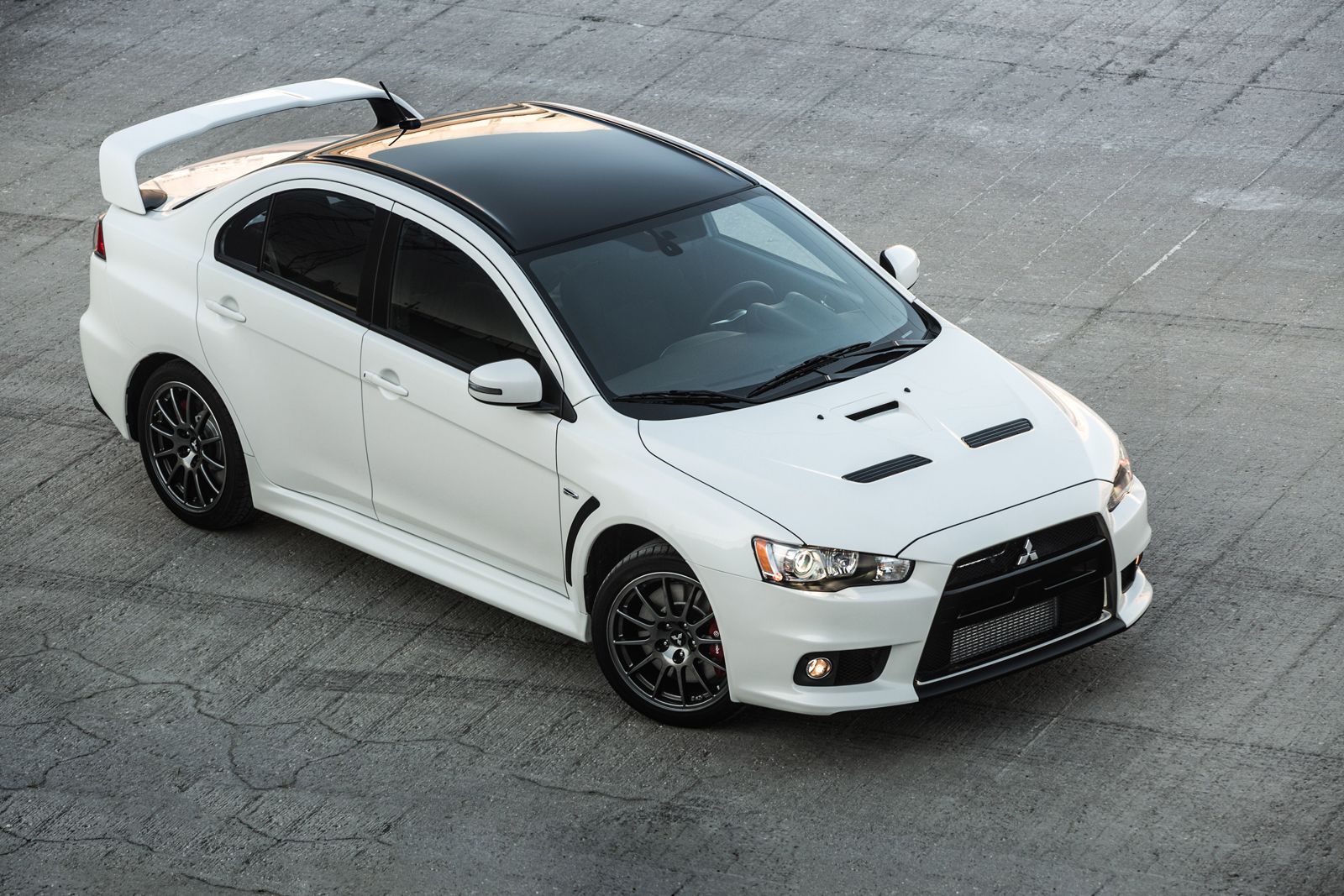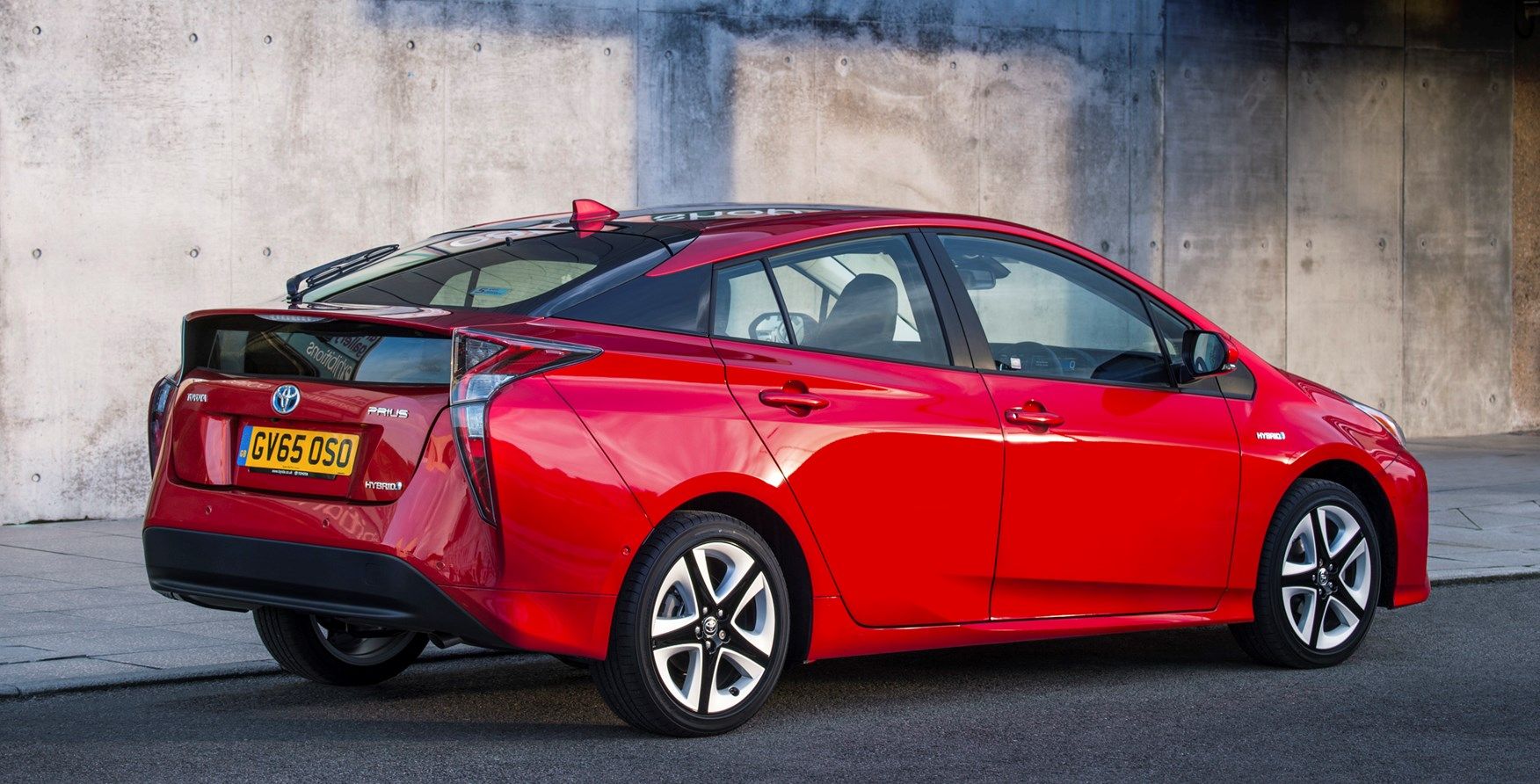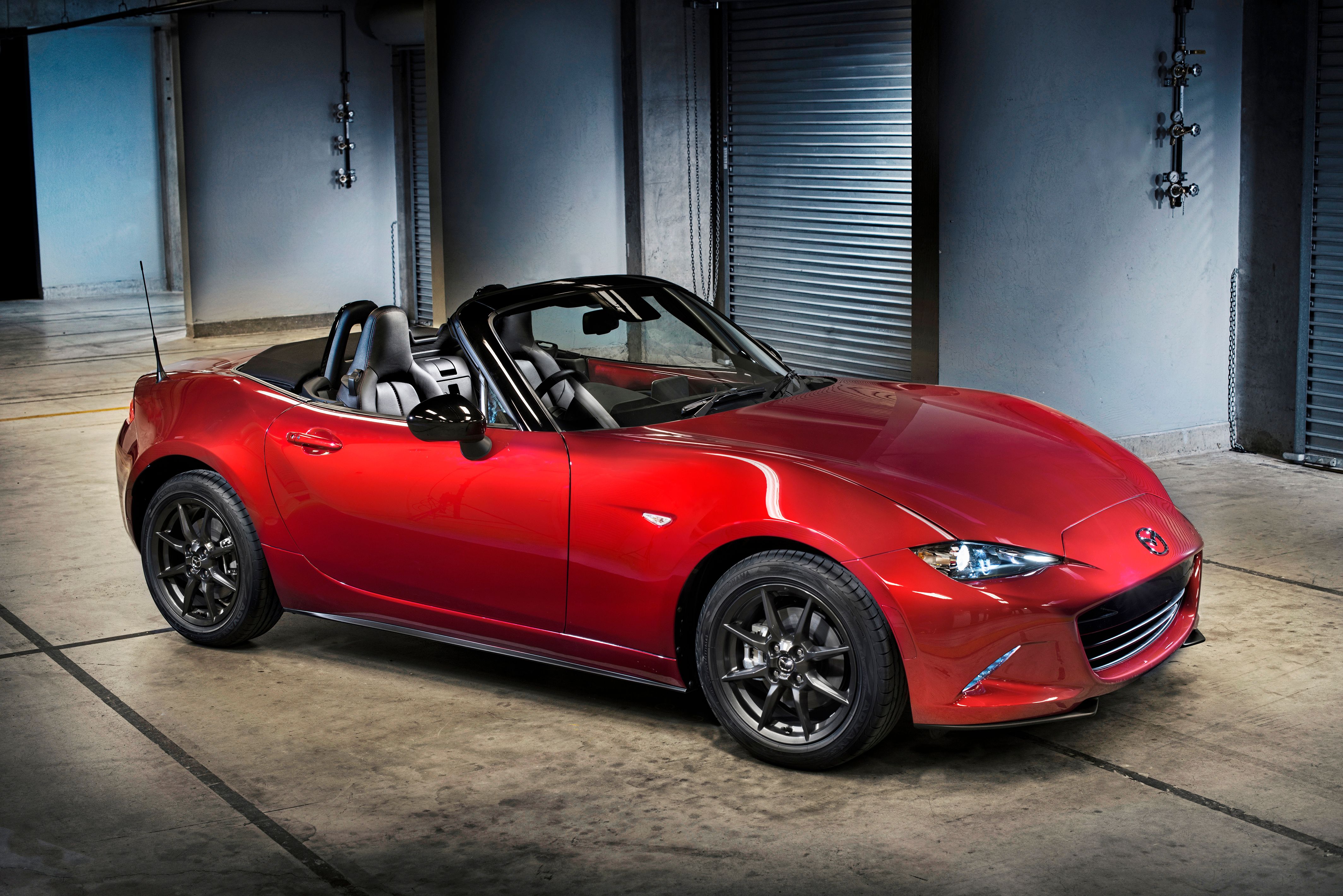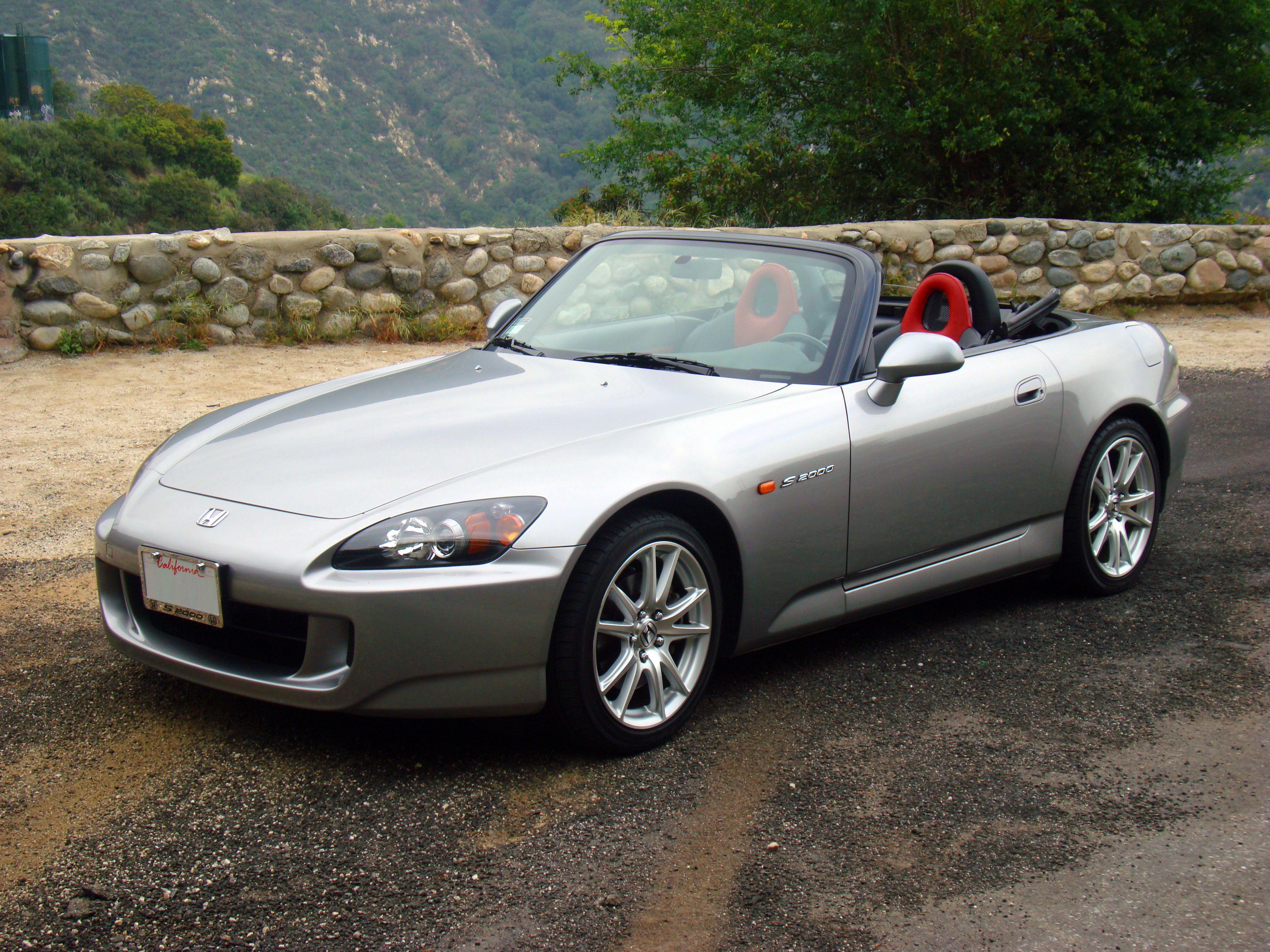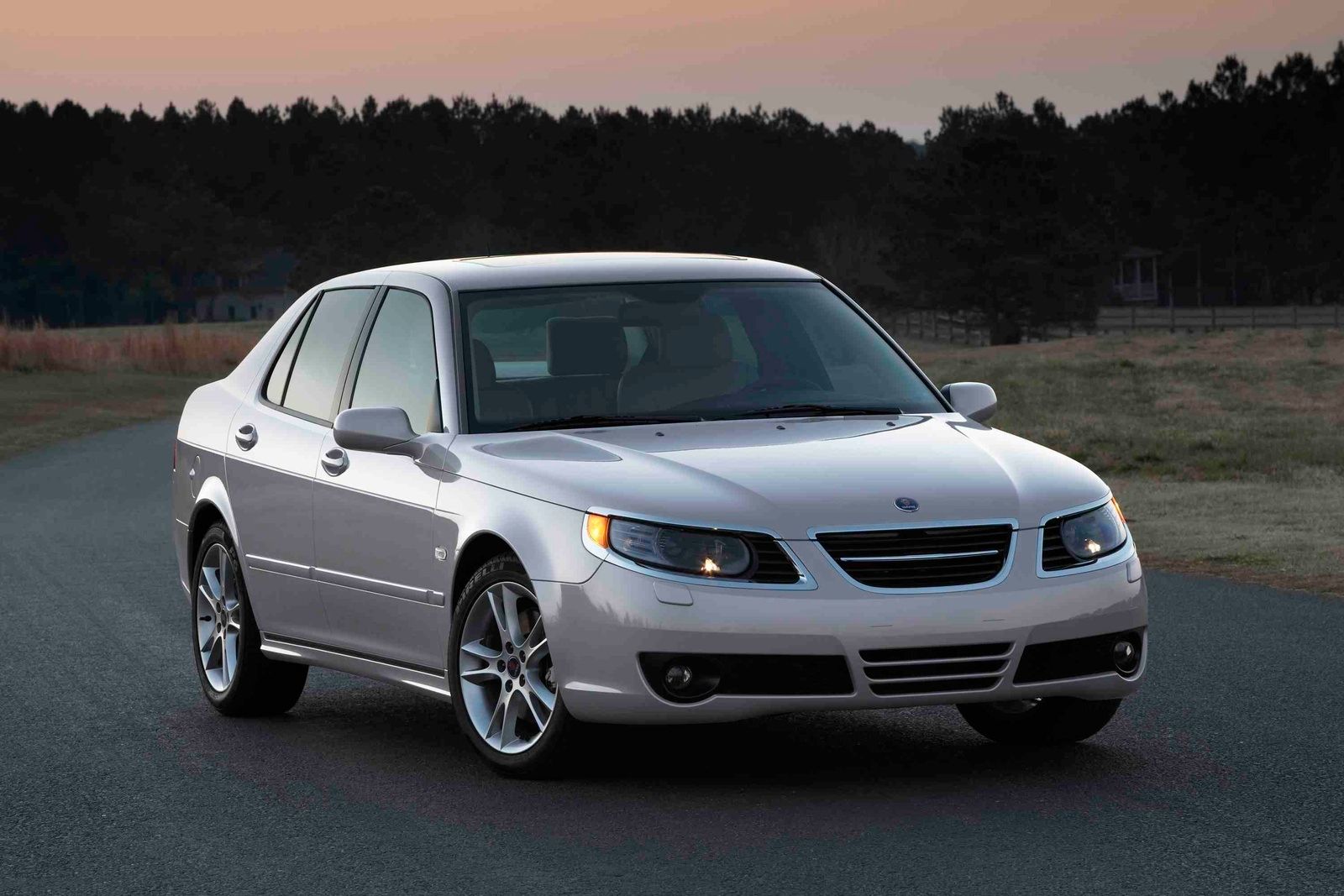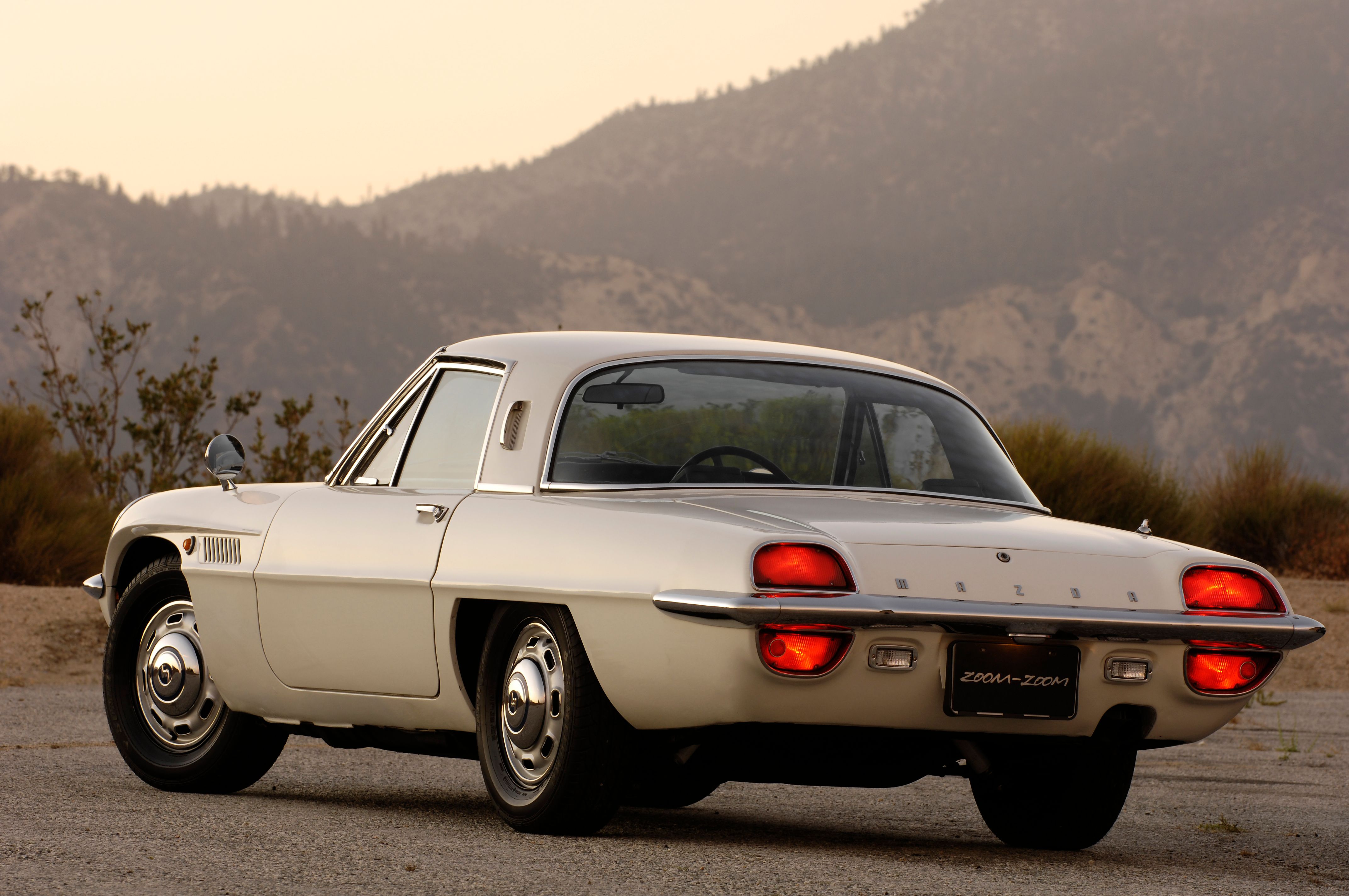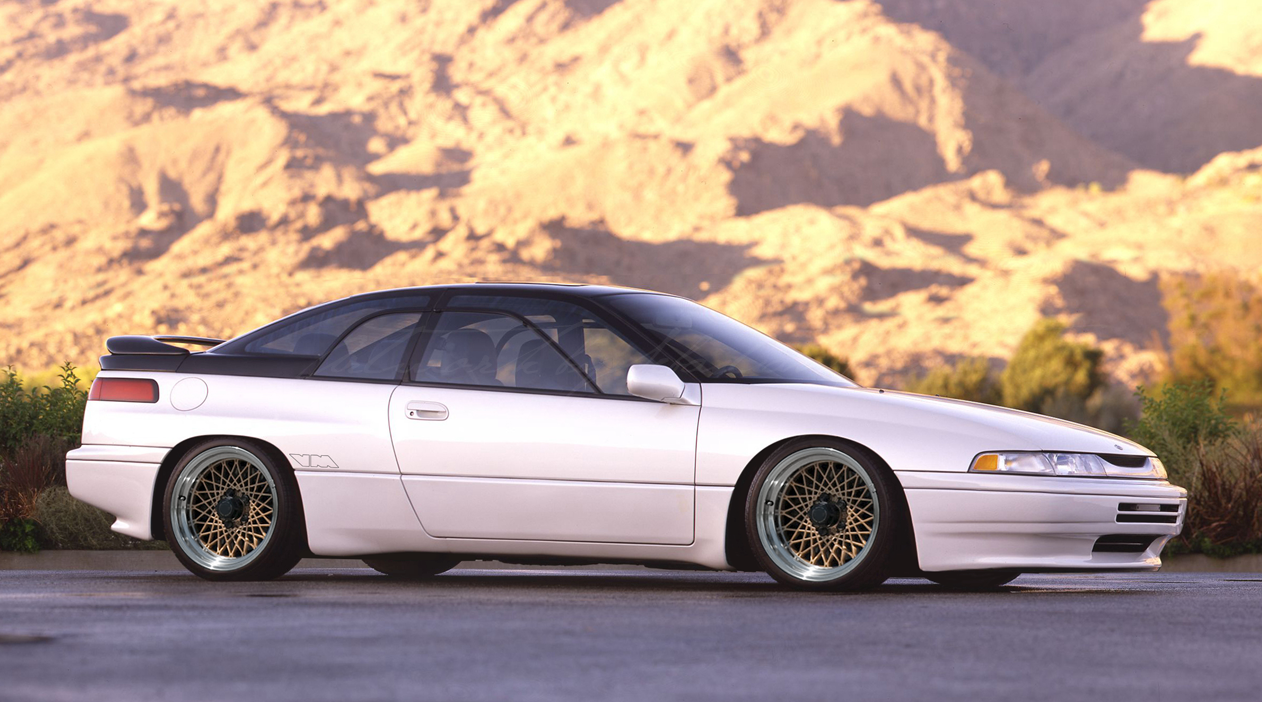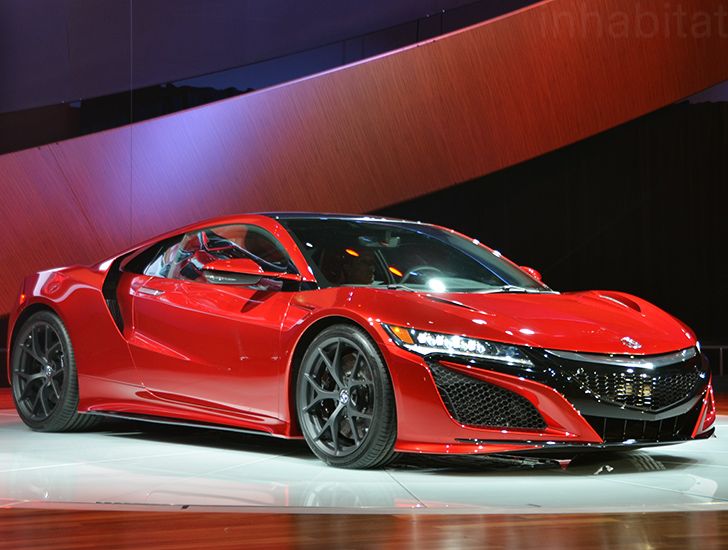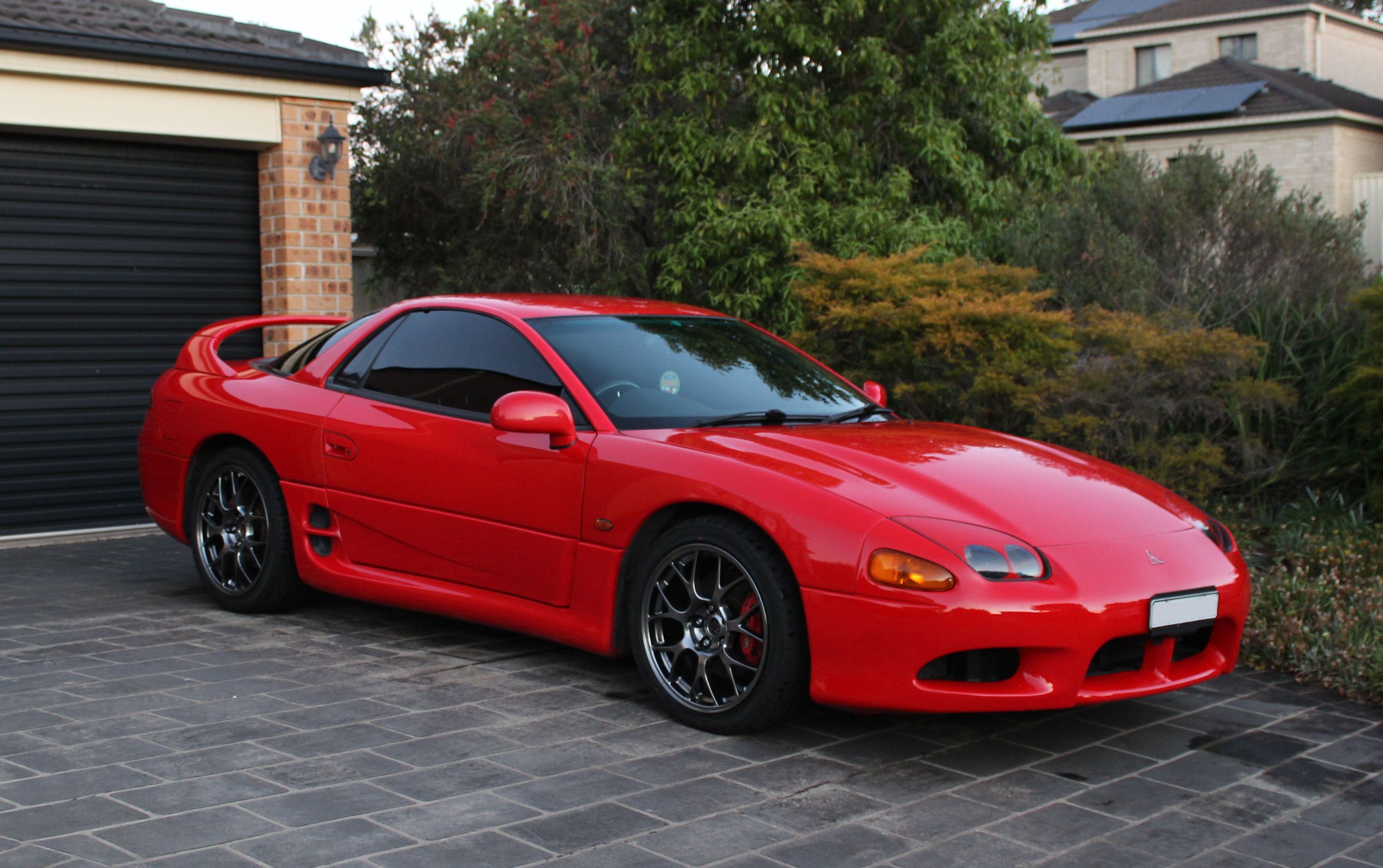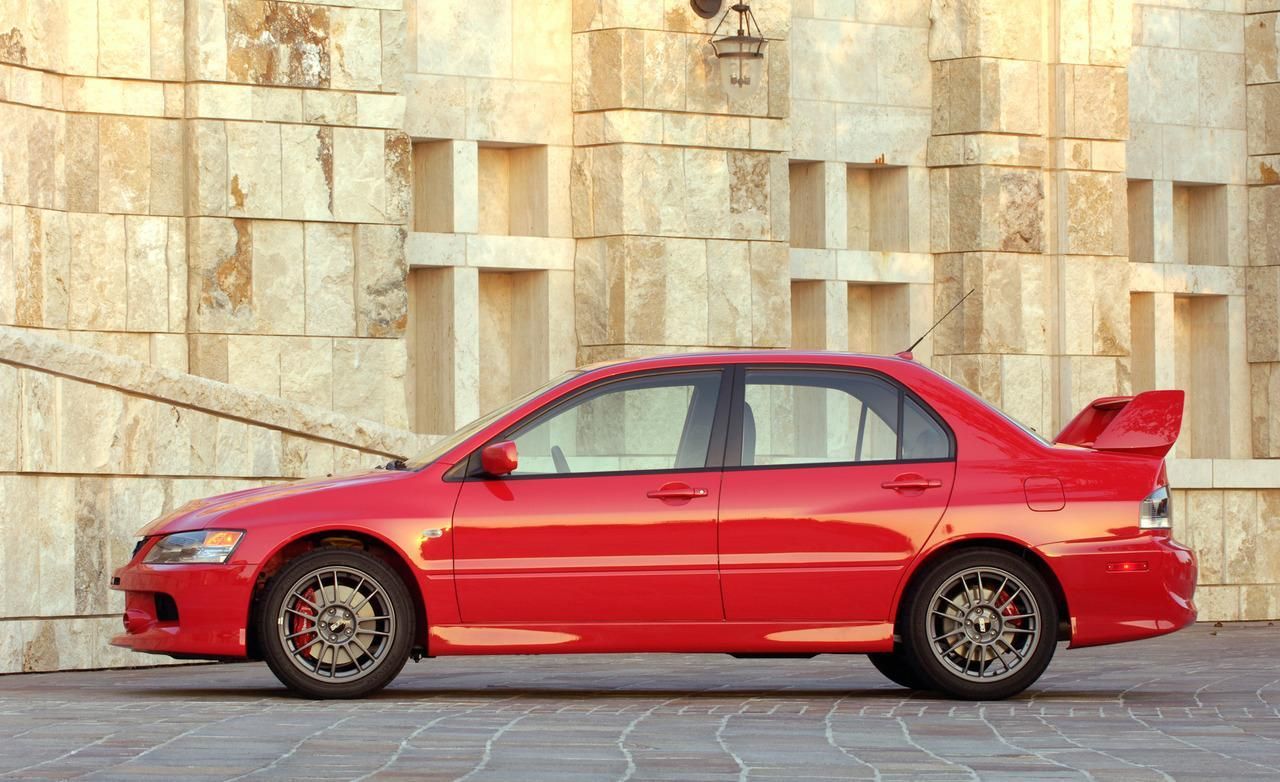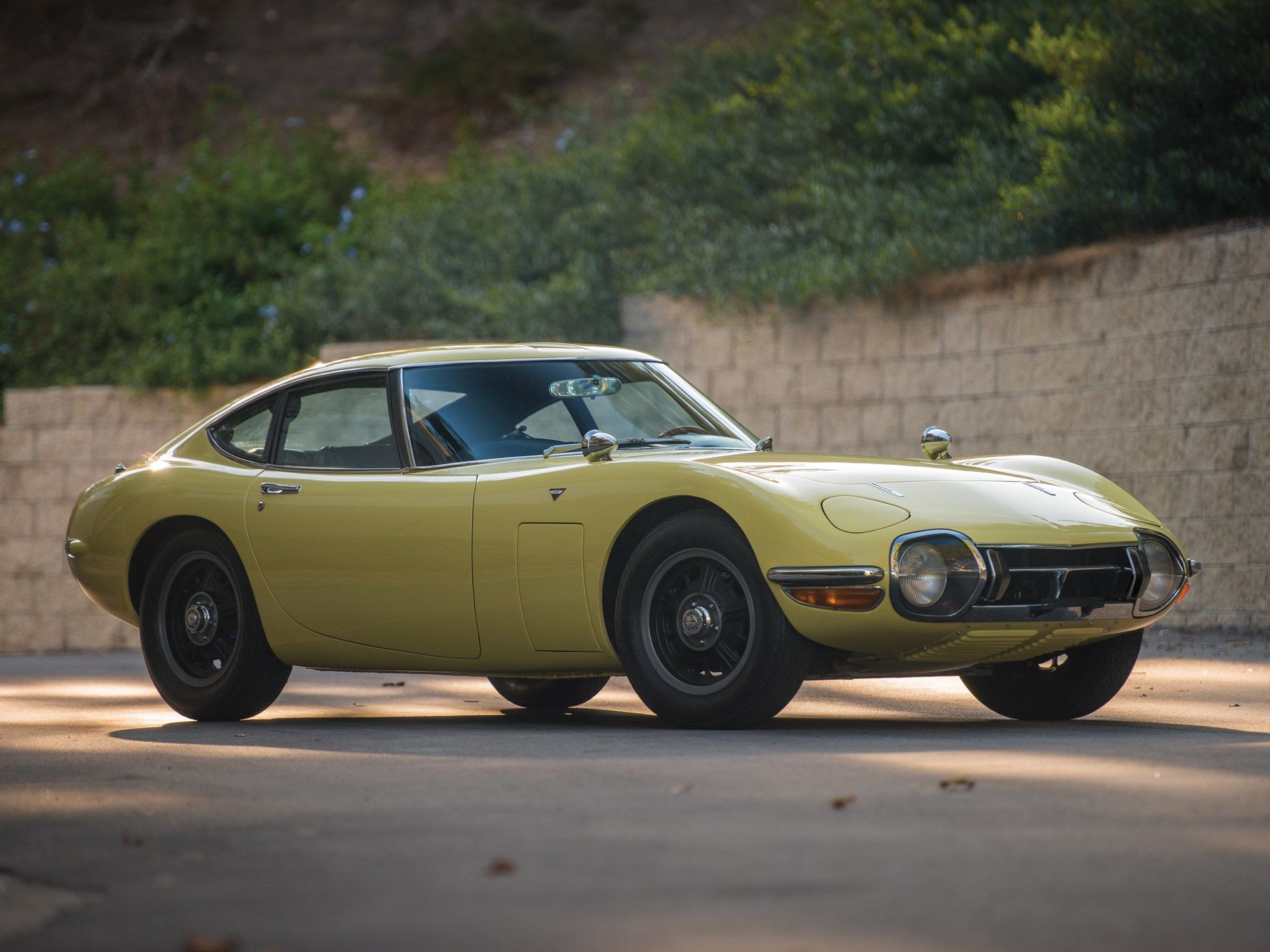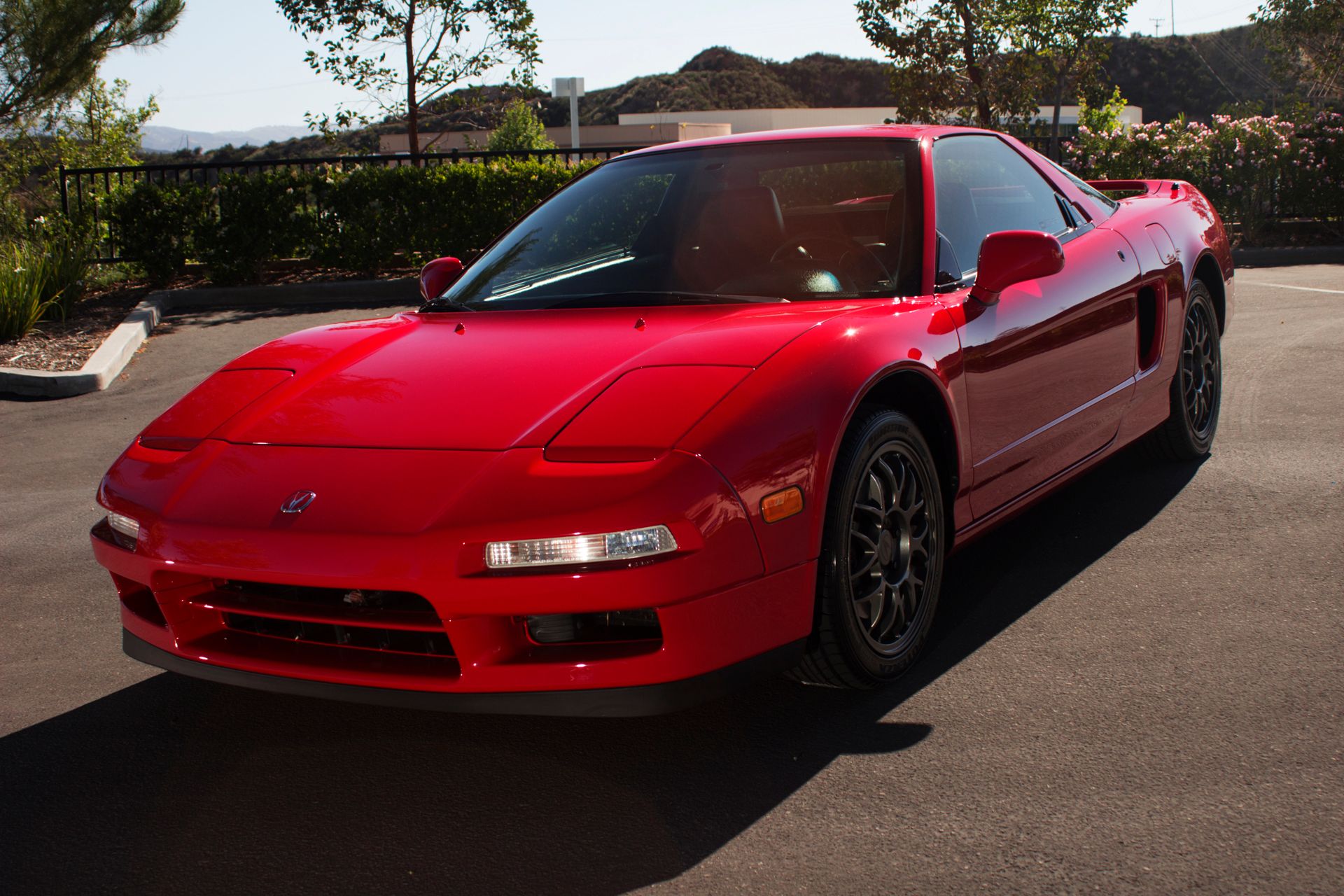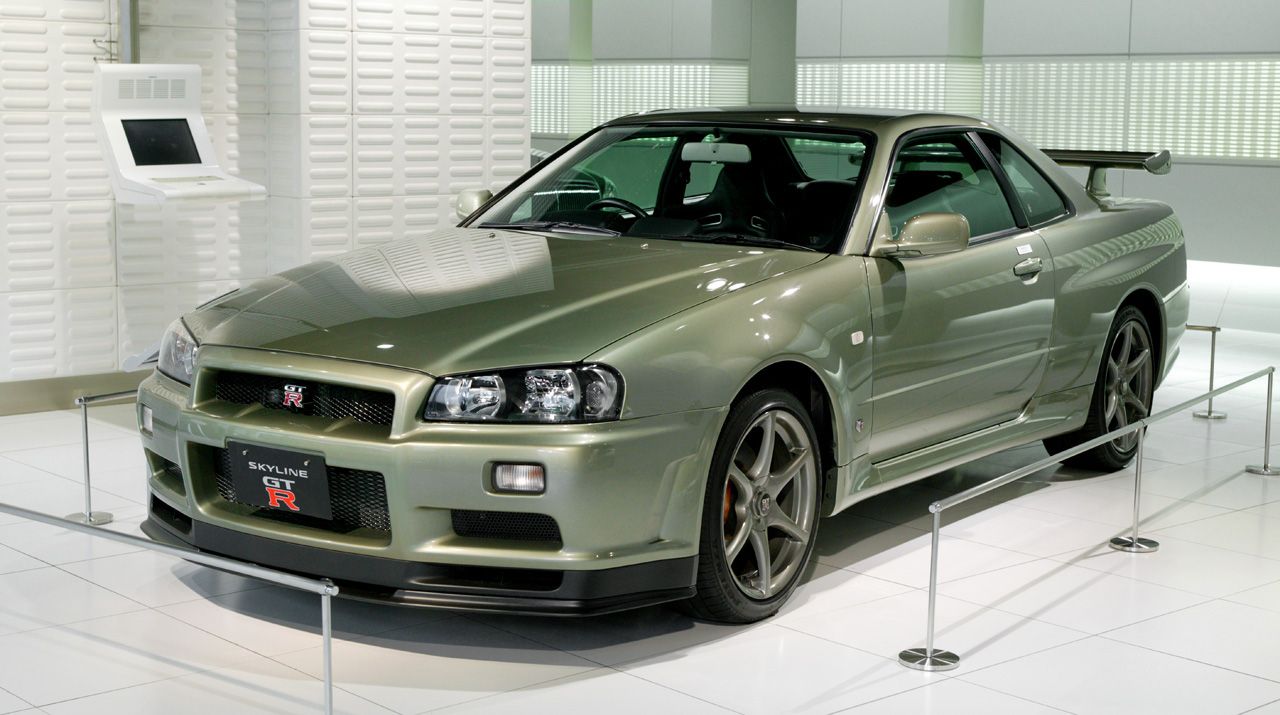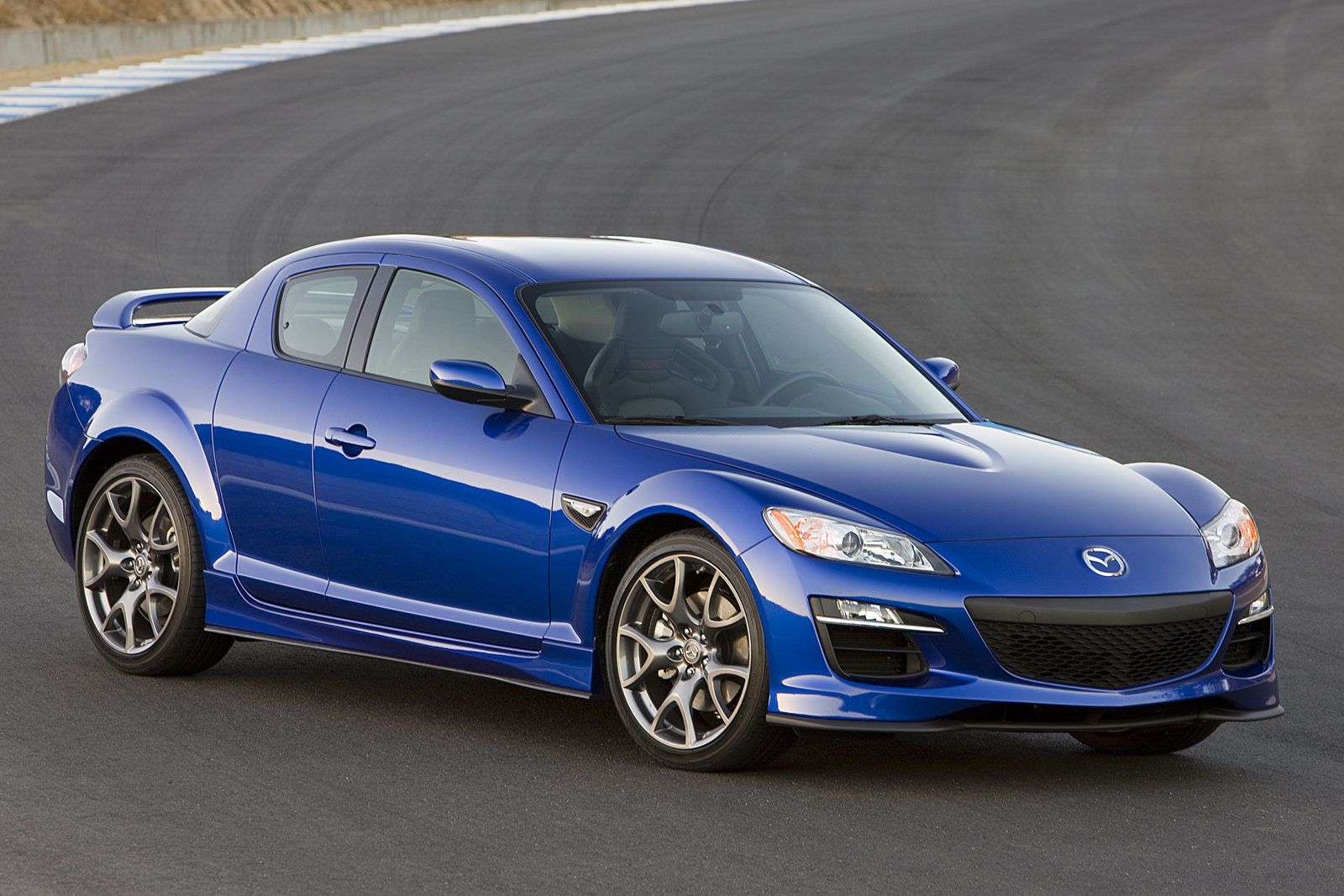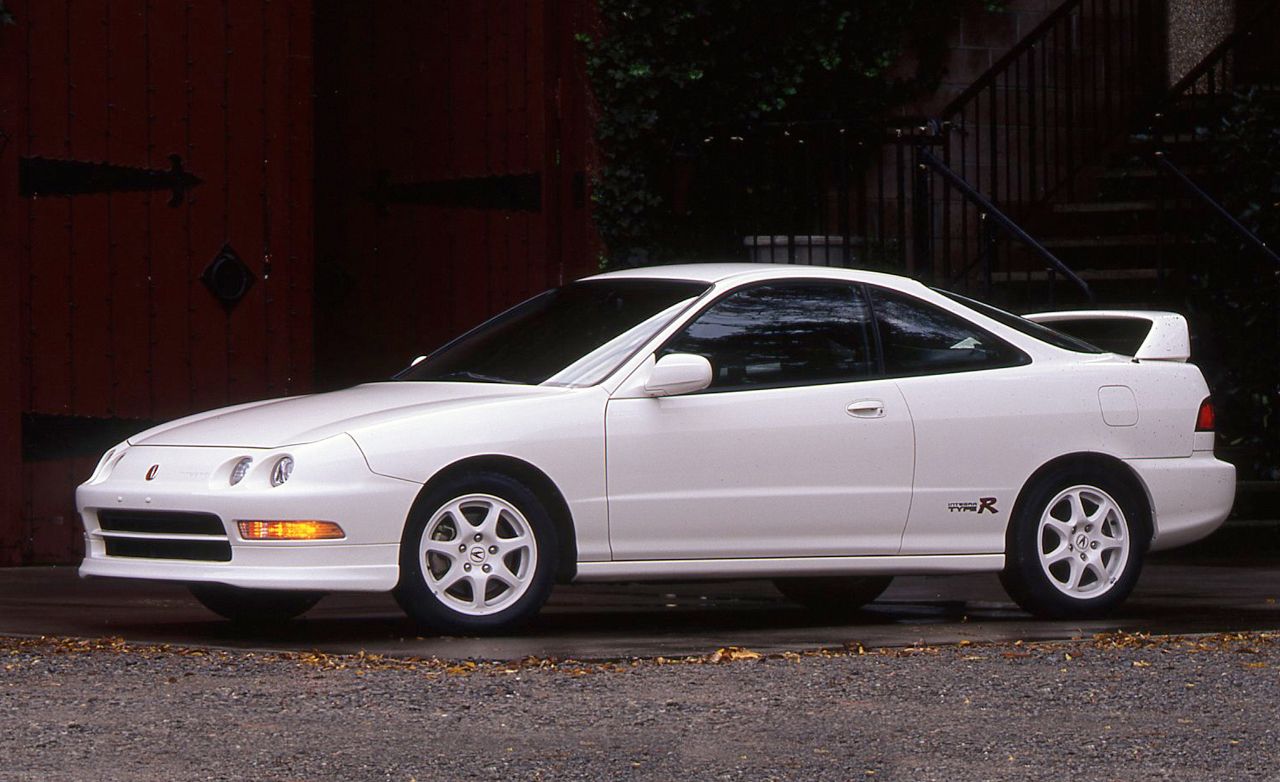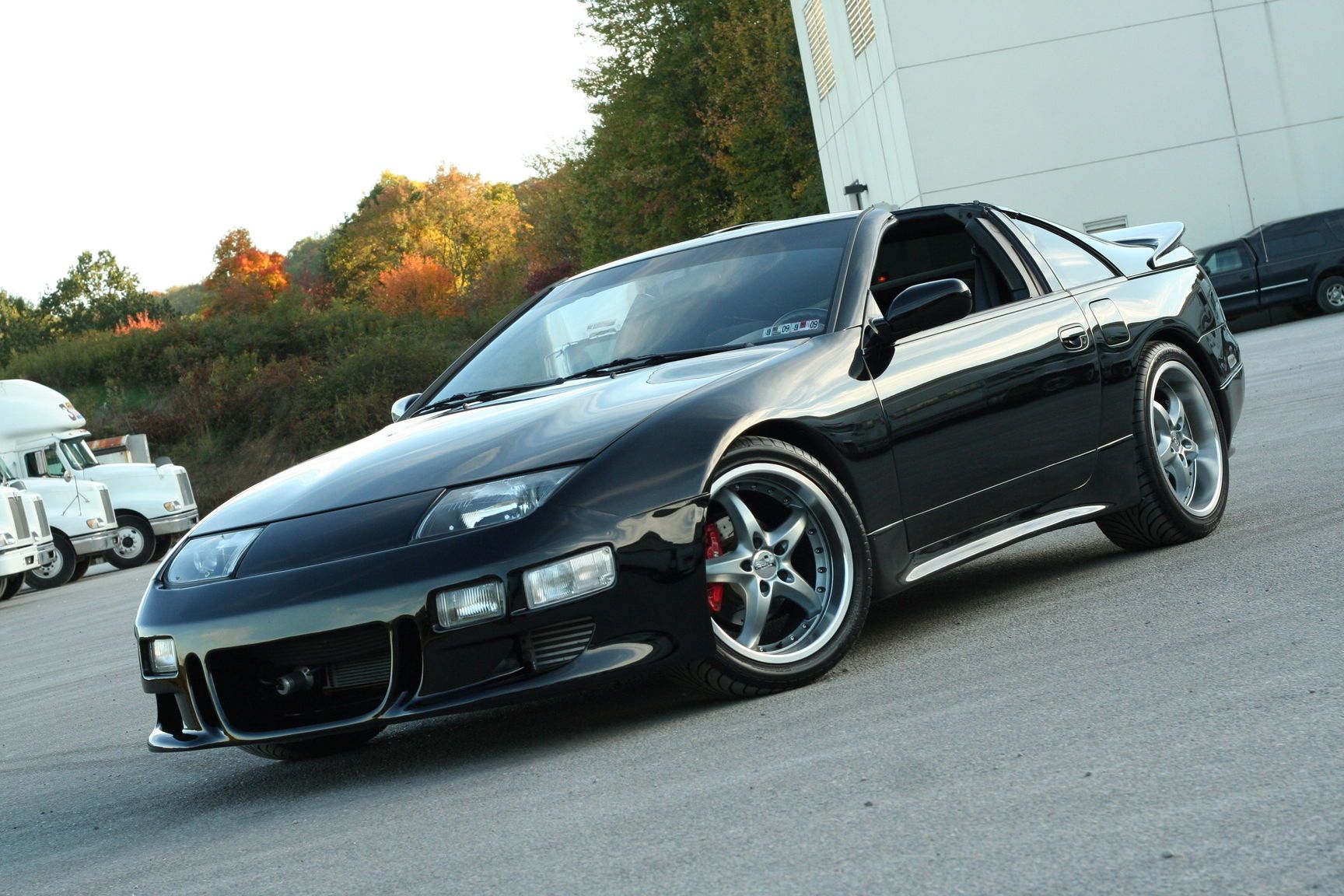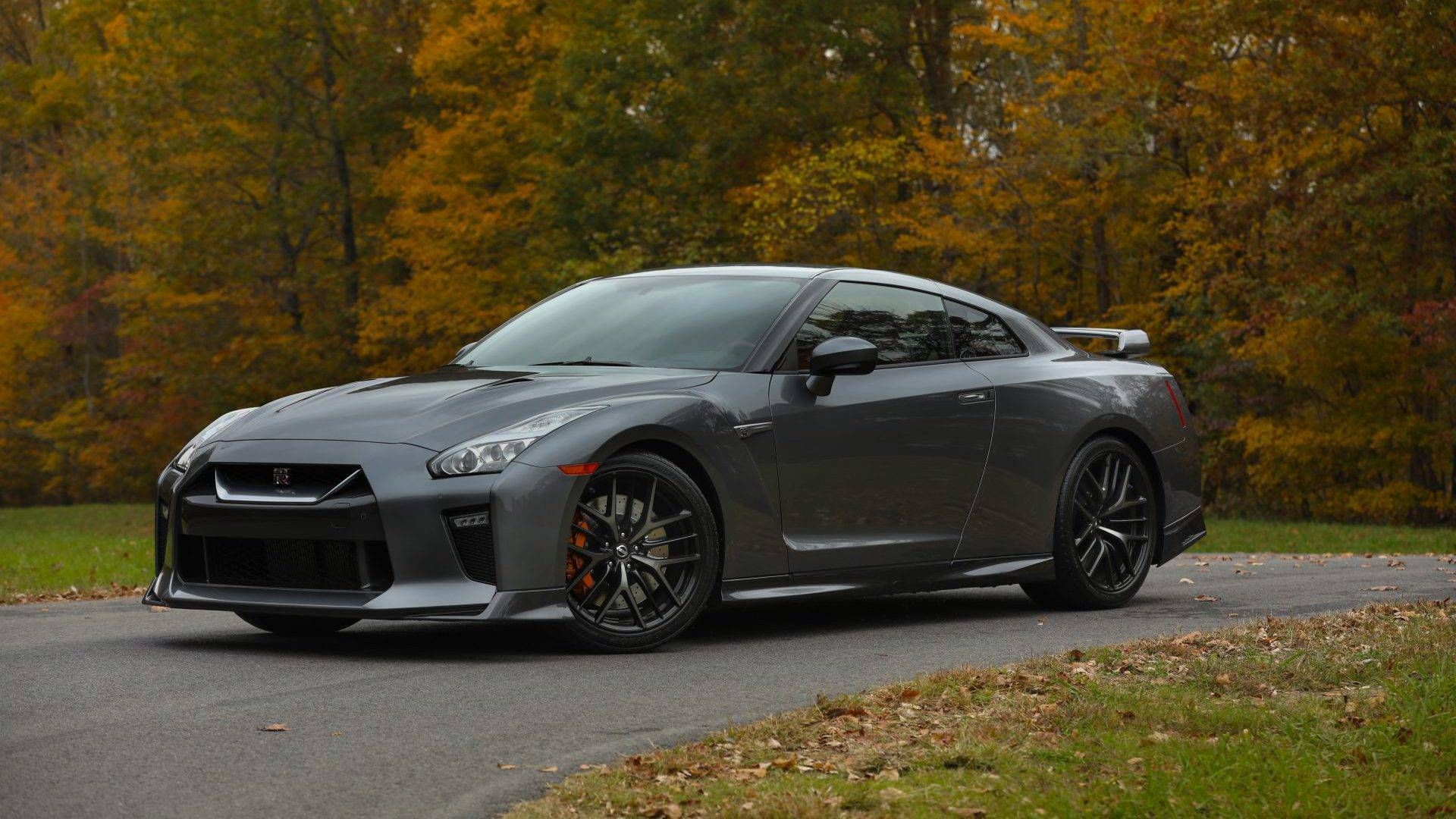So you want to be a car collector? Well, there's so much you need to know before starting your very own in your garage, especially if you intend to keep them for selling at a later date. Rare and vintage car enthusiasts, and guys like Jay Leno, who have spent decades assembling wonderful automobile collections will tell you it isn't a walk in the park. Car collectors, especially classic ones, incorporate their love and passion for cars into their homes, reserving garage spaces only for the best they can get.
For starters, therefore, you'd have to decide where you intend to store your car collection. You'll always need more space than you think. Find themes that will guide what you buy, like the cars listed here are all Japanese cars, so that would be your theme to start with, or you could make it classics from the 80s. Also find out what others are collecting, and keep an eye out for memorabilia, which are vintage materials you can display in your garage once it's fully stocked. Networking with other like-minded collectors also helps as you need some peeps whose opinions and taste you trust.
Now that you know how to put everything together, its time to bring in the cars. Japanese cars are known for their longevity, so you'll definitely find a variety of classics you can keep for years to come, and the ones you'll find listed here will not only last, but bring you big bucks in the process. Here are the 20 classic foreign (Japanese) cars to start collecting before their value skyrockets.
20 Mitsubishi Lancer Evolution
If you value speed and handling above everything else, then the Mitsubishi Lancer Evolution would be your choice of car. Its engines include a 291-hp 2.0-liter turbo four with five-speed manual in GSR models and six-speed dual-clutch automatic in MR models, Car and Driver notes. The last edition produces 303 horsepower with five-speed transmission. The model comes as a standard all-wheel drive, but the Evolution models are always considered to provide harsh rides.
The car was discontinued after the 2015 model year.
Like other great cars, the Evo is amazing since it is a sports car, something you might want for keeps. You never know what handsome returns it will bring in the near future.
19 Toyota Prius
This car is so attractive with the great level of its efficiency and space. It comes with a large cargo holding space, but unfortunately it has tight rear seats and slow highway passing power. In the Prius you will find several standard safety features which include rear view camera, lane keep assist, adaptive cruise control and a pre-collision system with pedestrian detection. The car, according to US News, provides a compliant ride, great maneuverability and controlled handling. The latest version has a four-cylinder engine that is combined with two electric motors to produce 121-hp, mated to a continuously variable automatic transmission which is standard. When Prius is at low speeds its electric motor produces almost immediate power off the line.
18 Mazda Miata
This car is simple at the same time amazing and it has been noted to be going much further in the future, according to Car and Driver. The two-seater is powered by a 155-hp 2.0-liter engine mated with a six-speed manual. It also comes with optional six-speed automatic. For light weight, the car is made of aluminum, meaning the car remains eminently nimble in the twists and corners.
The RF model provided a power-folding Targa top but it is more expensive compared to the cloth-topped Miata.
Miata comes as either a classic soft-top convertible or retractable targa-top RF model. For better performance, it got a playfully tuned rear-wheel-drive chassis, rev engine and a crisp-shifting manual gearbox.
17 Honda S2000
The S2000 is known for its exceptional engine, so much so that sports car and auto enthusiasts, as a credo always demand more power, revs, handling and fun. That's exactly what they got when Honda gave out this car. Car and Driver says it is fitted with sports car goodies like the front engine, rear-drive layout- close-ratio manual transmission and six-speed transmission, unequal-length control-arm suspension all around to include disc brakes and supportive firm bucket seats. The S2000 is powered by a 2.0-liter naturally aspirated four-cylinder engine producing 240-hp at 8300 rpm. This engine provides a nice driving experience and its high redline of about 8900 rpm also increases the rev to keep you moving. This car sprints to 60 in 6.8 seconds and the quarter-mile in 15.1 seconds at an impressive top speed of 96 mph.
16 Saab 9-5
Saab 9-5 has amazing features from the exterior to the interior. It is made up of Scandinavian lines on the outside with a spacious and aircraft-inspired interior. Its handling is great with firm suspension, tires that grip and lively steering. Its 9-5 performance is very good, even its most basic 2-liter petrol engine produces 150 bhp and a decent dose of turbocharged mid-range torque.
The bigger engine has three different power outputs with the Aero-spec version producing 260-hp.
The Turbo lag is at lower engine speeds though, and from 2000-5500 rpm it provides an impressive linear wedge of power, according to Evo. The older 2.2 and 3-liter diesel engines were dropped from this car and replaced by 1.9-liter turbo diesel. Inside you'll find milder tinkering, revised dashboard providing nicer-feeling switches and more expensive look.
15 Mazda Cosmo
Mazda Cosmo is a tiny car, clearly not meant for the North American market. It has a small interior space and wasn’t a pure sports car. It features a delicate nose with its covered headlamps and its vertically stacked afterburner-style tail lamps gives it a unique styling. In North America, the Cosmo isn’t that popular. Motortrend notes that only 343 of the 1967 models were built for the world and a total of 1176 models through 1972. This cars were painted only white. Once the engine warms up, it starts easily, powered by a type-10A twin-rotor which is a bit less punchy. The engine is paired to four-speed box shifts easily with the help of Miata gearbox but it takes longer throws. When you drive this car you will realize that it isn’t torquey and quick off the line though its thrust builds like the normal rotary meaning as you go faster, it becomes smoother and more willing.
14 Subaru SVX
In the ‘80s the Japanese failed to provide a sporty big coupe but they did so in the ‘90s. It was at that time that Subaru was trying to take its position in the market and letting its little all-wheel-drive station wagons be known. The SVX was launched in 1992 and Subaru claimed that it was the full nine yards when it came to its ability in sports though the reality was opposite, according to Drive. Its styling was striking and was an equal parts of traditional sport coupe and fighter plane. SVX featured bulging wheel arches with slim clusters at each end that accentuated the width of the car. It was fitted with blacked-out window frames and a black roof to make the car top half look like a single glass unit. It retained Subaru's old tradition of fixing its cars with an all-wheel drive system. The car’s power is from Subaru’s trademark horizontally-opposed piston design six-cylinder unit.
13 Acura NSX
This Acura is a masterpiece of fine art and is powered by a potent hybrid setup- three electric motors and a twin turbo V-6 engine that produces 573-hp, with a top speed of 191-mph. This car may not be you first priority when you think of high performance luxury sports cars but it seeks to change the narrative. What makes this car lovely is the fact that it shares the same level of refinement as other Acura vehicles.
This car provides comfortable seats and good visibility for the driver, with exceptional handling that makes it fun to drive.
Apart from the great features, its setbacks include a limited optional list, distracting infotainment system and also has some out-of-place interior elements for its $156,000 marked price, US News notes.
12 Toyota Supra Turbo
The first Toyota Supra wasn’t good enough and was described in the ’79 by Car and Driver as a make believe Monte Carlo with a vapid steering and doughy suspension. As time went by, things started changing in the car. It now has a top speed of 160 mph and shares many of its parts with the Celica, which is a bit of Supra Turbo tradition. It has stolen some features from the F40's styling cues which include the shape of its grille, its trapezoidal headlamps lenses and colossal brake scoops. It also shares its rear wing with Aerospatiale product, and is powered by a 3.0-liter inline six engine that it shares with Lexus SC300 and GS300. The naturally aspirated engine makes 220-hp at 5800 rpm but its two turbos are trapped to the starboard flank and produce an additional 100-hp and 315 pound-feet of torque.
11 Toyota MR2
This is the third generation of Toyota car that was launched in 2000. The MR2 is amazing as it offers the fun of a Lotus without the high price tag, or reliability issues and these earned it the name “Everyman Lotus”. What is so attention grabbing in this generation is the proper convertible. The power of the MR2 comes from 1.8-liter VVti engine that could be tuned to 200 PS, which sounds like a disaster in a lightweight short wheelbase car. This mid-engine two-seater, Car and Driver says, was built to prove that MR2’s wonky over-steering rear suspension geometry has been rectified. In this car, Toyota sorted the issues of percolating brake fluid and shredding tires. Some of the improvements included additional 98 mm to the rear lateral links and raised attachment points at the rear. These changes solved the problem of toe-change during cornering but also reduced the lift and squat below hard braking and acceleration.
10 Nissan 240Z
Nissan 240Z is one of the greatest cars to ever come from Japan. Honestjohn says that this car actually wasn’t the first Japanese sports car. Either way, the 240Z was the very first car to come from Pacific Rim and acquired huge international success, mostly in the local market. To succeed, Nissan copied some British sports cars that included MGC and Triumph GT6 by accentuating their strengths and removing the legions of faults. Its eye-catching styling was influenced by the Count Albrecht Goertz concept that was developed for Datsun in the ‘60s.
Its powertrain was a 2.4-liter power unit that was inspired by BMC C-series and Mercedes-Benz straight-six, and it was more than enough.
It had poor reliability but provided agile handling. After five years of production, 150,000 of this cars were made, its major setback being prone to rust.
9 Mitsubishi 3000GT
This Japanese car is known for its efficiency, agility and lightness. It also comes with extreme technologies making everything electronic, while inventing neat new gadgets and providing complex answers to easy questions. According to Edmunds, when this car made its debut in the ‘90s 3000GT it came with a 24-valve V6 with dual overhead camshafts and twin turbochargers. Its 300-hp was transferred to all its four wheels to provide an outstanding performance. Other features that the 3000GT came with include limited-slip differentials, front and rear spoilers that would expand at 50 mph and retract at 30, plus an electronically adjustable suspension. Its exhaust could be customized with the flip of a switch.
8 2006 Lancer Evo MR
Evo has been considered as rigid, noisy, Spartan and an all-wheel offspring of rally-car. The 2006 model comes with a new front and rear bumpers, aero tweaks, nattier seats and lighter alloy wheels. Inside are aluminum pedals with redesigned seats, but it features no cloth. Instead it has pseudo-suede center panels bordered about leather bolsters. All leather seats come as an option. According to Car and Driver, this car has a stable stance and better steering response above 90 mph. Evo tracks securely with a reliable helm control and delivers a quick throttle response. The car’s true fireworks happens after its needle swings above 3000 rpm. Under the hood is an iron-block turbocharged 2.0-liter DOHC 16-valve inline four called 4G63. The engine housing provides an easier flow for exhaust gas and reduces the turbo lag by five percent. The engine produces 286 pound-feet at 3500 rpm.
7 1967 2000GT Toyota
Japan has really come a long way when it comes to production of local cars. At first they built cheap economy cars with most designs copied from foreign cars. It was a great revolution when Toyota introduced the 2000GT in 1965 at the Tokyo Motor Show. The design is comparable to that of a Jaguar E-Type which was considered its competitor, though the origin of the styling is from a Sports 800. The car's design, Topspeed says, was aimed at accommodating the larger engine.
Under the hood is a 2.0-liter engine, and its six cylinder is borrowed from a Toyota Crown.
With a new twin-cam, the engine produces 150-hp which was enough to push the 2,400 pound-car to a top speed of 135 mph. The interior features all wood and leather making it have a definite sporty look.
6 1999 Acura NSX Zanardi Edition (Russo and Steele)
This car was named in honour of Alex Zanardi who won the CART FedEx Championship twice. The ’99 came as a hardtop coupe and was lighter and would gear for instant reflexes. It is made up of a body-colour fixed roof, lighter rear spoiler, lightweight BBS alloy wheels, single-pane rear glass and deletion of the power steering. The interior features suede-like seating trimmed in red, console insert, titanium shift knob and aluminum mesh intake covers. Motortrend says the car is powered by the 3.2-liter DOHC, 24-valve VTEC V-6 engines that makes 290 horsepower. Its suspension is tuned with higher-rate shock absorbers and springs, plus a thicker rear anti-roll bar. The four-door is fast though its Borla cat-back exhaust pushes the stock four-speed automatic gearbox and the P225/50VR16 Goodyear Eagle RS-A tires, making it sprint form 0 to 60 in 5.9 seconds.
5 2002 Nissan Skyline R34 GT-R Nur
2002 was the end of the Skyline era since it was the finale production year of the popular GT-T and the most successful engine Nissan ever produced. To honor the 13 years of production, a final edition, the BNR32, was created. Nur came in two versions: V-Spec 11 and M-spec. The name Nur stands for Nurburging - the track the car was initially tested on. What set it apart from the other R34 Skylines was the engine that was based on N1 racing unit. The N1 engine would produce 450 bhp but to meet the legal regulations, Nissan rated it to 280 BHP. According to Super Street Online, a thousand of these cars were produced, and it was created as a ready-to-modify package that provides high performance. The R34 is covered in high-end NISMO and has Z-tune front fenders, side and rear dressing. The car’s front bumper is a carbon-fiber paired to an Auto Select front carbon lip spoiler.
4 Mazda RX8
Among the first noticeable things in the RX8 which is the Rotary engine which is only 1.3-l but provides a great mechanical efficiency than other engines with pistons. The engine allows the car to produce either 189 bhp or 228 bhp. When you own this car, brace yourself for the increased respect it comes with, and the maintenance by virtue of its ownership. The engine is light and compact hence making the car brilliantly agile, notes Car From Japan magazine. While behind the wheel, you will experience a precise and direct steering.
The RX8 comes with a limited-slip differential that aids it to improve stability and grip during cornering.
The power from the engine pushes the 189 bhp model to 62 mph in 7.2 seconds while the 228 bhp takes 6.4 seconds to hit 62 bhp. Inside the car is an interior fitted complete with black lacquer accents on the pieces of the doors.
3 Acura Integra GS-R
Integra GS-R is one of the affordable Japanese cars that have appeared in the Fast and Furious film franchise. The appearance in the movie will clearly show you how great this car is not only in speed but in all aspects. To perform better than other road cars, it was fitted with a 170-horsepower, DOHC, 16-valve 1.8-liter engine with port injection and Honda VTEC variable valve-timing system that also allowed for good fuel economy, notes Car and Driver. Other features include all-independent suspension with front unequal length control arms and rear multi-link layout. The engine is connected to four-wheel disc brakes with ABS. GS-R is mounted on the Michelin 195/55 XGT-V4 all-season performance tires on 15-inch alloy wheels. The safety features within the car include dual airbags, side-impact protection and cruise control.
2 Nissan 300ZX Turbo
The 300-hp Turbo brought to light the modern, affordable high tech sports car that came complete with great features from speed, handling, braking, overhead cams triple odometers and a turbocharger.This car is still the best in speed and can reach 60 mph in 7.3 seconds. It has a top speed of 134 mph. as mentioned, with an amazing handling score of 0.79g in skidpan. It never showed any crankiness when it was tossed well beyond the limits. Its braking is good too. When tested from a speed of 70, it provides good stability, minimal fade and 191-foot braking distance. According to Car and Driver, this 3.0-liter V-6 engine powered car's sales were good in the local market with a buying rate of 72,000 units per year. This made it the most successful two-seater in history within and without.
1 Nissan GT-R
Whether you call it GT-R or Godzilla, there is only one thing that remains as a fact - Nissan GT-R is a supercar-stomping and high-tech dynamo. According to Car and Driver, this vehicle is powered by a 3.8-liter twin-turbo V-6 engine that produces a mighty 565-hp and 467 lb-ft of torque and is mated to a six-speed dual-clutch gearbox and all-wheel drive to put that power on the road.
Its quick steering, rigid structure, and adjustable suspension makes driving it so much fun.
To improve driveability, it got a new titanium exhaust system that sheds 12 pounds and was tuned for less noise. This car receives major redesigns in approximately five years making them differ in models. It's exterior design includes refinements at the front and rear unibody that raises torsional rigidity by five percent hence leading to better handling and stability.
Sources: motortrend.com, caranddriver.com, cars.usnews.com, edmunds.com

